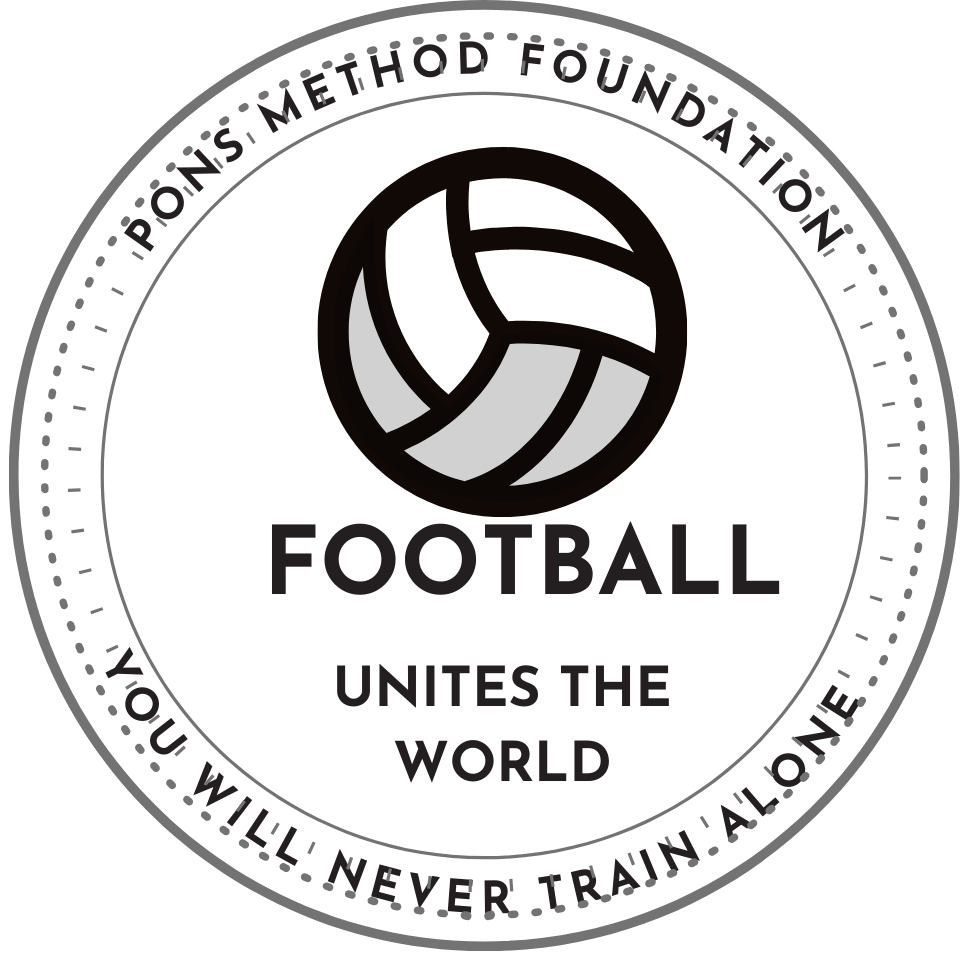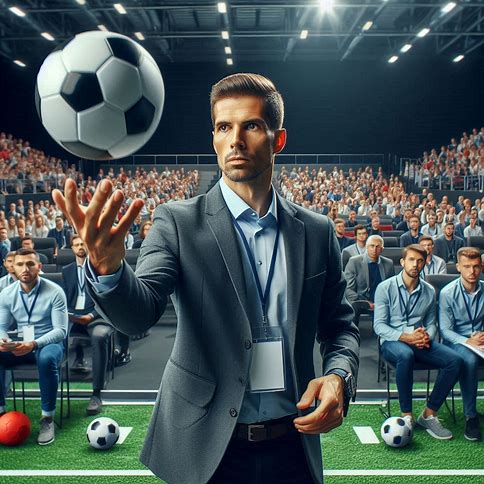Modern training in elite clubs has evolved significantly due to the demands of the schedule, the physical load on players and the need to optimise each training session.
Based on the principles of the Pons Method and current trends in UEFA Pro coach training, several factors stand out that are making and will continue to make a difference in the training of top teams.
1. The Role of the Assistant Coach and the Structure of the Coaching Staff
Global and Specific Coordination: In modern teams, the assistant coach plays a key role, being responsible for training the entire team and coordinating the work between the different departments (physical preparation, tactical analysis, rehabilitation, etc.). The assistant coach must ensure that the collective principles are maintained throughout the week, aligning the work of all players with the coach’s game model.
Division of Responsibilities: Coaching staff are becoming more specialised, allowing for greater control over specific aspects of the game, such as set pieces, defensive and offensive transitions, and individual performance analysis
2. Collective Individualisation of Training
• Principle of Collective Individualisation: A key concept in modern training is individualisation within the collective. Each player receives a specific plan that is tailored to their personal, physical and tactical needs, but within the context of the collective game. This is an approach that the Pons Method considers fundamental to ensure that each player progresses within the limits of the team.
Role-Specific Improvement: In elite clubs, there is no one-size-fits-all approach for all players. Work is personalised to improve the technical, physical or tactical shortcomings of each player, with particular attention to their roles within the system. Goalkeepers, defenders, midfielders and forwards have specific training routines that allow them to maximise their contribution to the team.
3. Optimizing Training Time
• Lack of Quality Collective Time: One of the biggest challenges today is the lack of time to train the team collectively due to the saturated calendar. Top teams rarely have more than three effective days of training between matches, which forces each session to be optimized.
• Focus on the Essential: During weeks with multiple matches, the focus of training is centered on the most critical aspects:
• Focus on the Essential: During weeks with multiple matches, the focus of training is centered on the most critical aspects: transitions, low block defense, set pieces and tactical coordination. Priority is given to what can make an immediate difference in the next match.
4. The Use of Gamification and Technology
• Principle of Technological Gamification: Gamification is becoming a key resource to improve motivation and performance in training. Integrating game dynamics into tactical and physical drills creates a competitive environment that keeps players mentally engaged. Additionally, technology is used to measure performance in real time and provide instant feedback.
• Fun and Compensatory Training: Gamification not only increases engagement, but allows specific aspects (such as decision making under pressure) to be worked on in an environment that simulates real match situations. Technological tools such as simulators, wearables to measure performance, and video analysis software are now indispensable components in modern training.
• 5. Recovery and Physical Load Management
• Strategic Rest Days: With players subjected to an intense pace of competition, recovery has become a key component in a team’s success. Players can rest up to three days between matches to ensure optimal recovery and avoid overtraining.
• • Active Recovery: Instead of complete rest, many teams opt for active recovery days, where players perform low-intensity exercises or specific muscle recovery sessions (such as swimming, physiotherapy, cryotherapy, etc.) to stay fit without compromising their rest.
6. What Will Make the Difference in the Future
• Integrated Technology in Planning: Advanced use of technology in data collection, performance analysis and planning will be critical. Teams that efficiently integrate these tools to personalize each session and make data-driven decisions will have a significant advantage.
• **Focus on Mentality and Psychological Preparation: As competition becomes more intense, mental preparation will be one of the key areas that will make the difference between elite teams. Training sessions will
• increasingly include visualization sessions, simulation of critical scenarios and stress management.
• Tactical Flexibility and Automation: Elite teams must be tactically flexible, able to quickly adapt to different game situations. Training sessions will focus on automating game patterns, ensuring players can respond quickly without needing to overthink.
7. What Modern Training Will Look Like in Elite Clubs
• Less Focus on the Global, More on the Specific: The trend is towards much more individualized training, where each player specifically improves what he needs without losing sight of the context of the team. This combination of individualization and collectivity will be a differentiating factor.
• Adaptability and Dynamism: The teams that will prosper will be those that can quickly adapt to the demands of the calendar, change tactics on the fly, and use technology to monitor and improve performance in real time.
- In short, modern training in elite clubs will be characterized by collective individualization, intensive use of technology and gamification, and the ability to optimize every available minute. The focus on tactical automation, effective recovery, and mental preparation will be the keys that will make the difference.
Breathe Pons Method , Breathe Football ⚽

